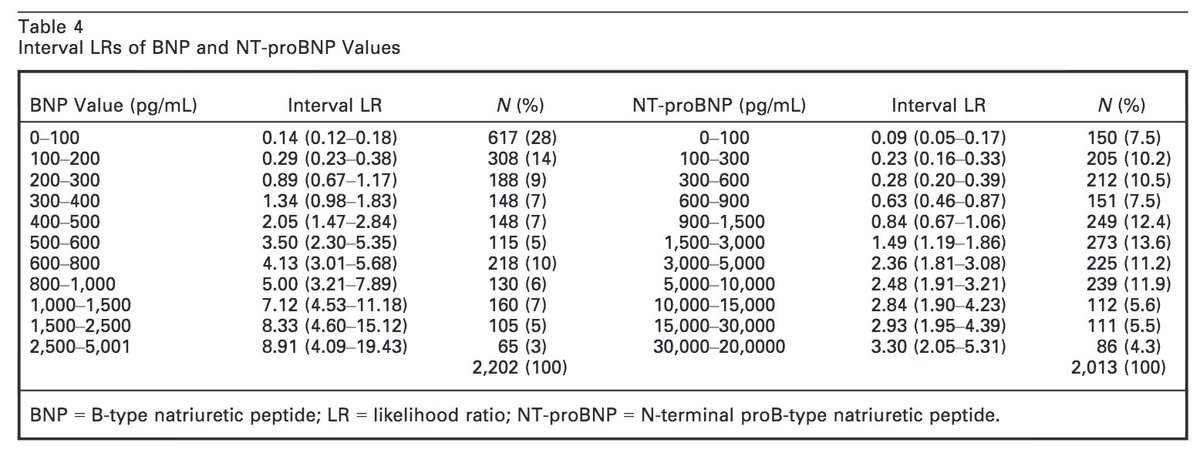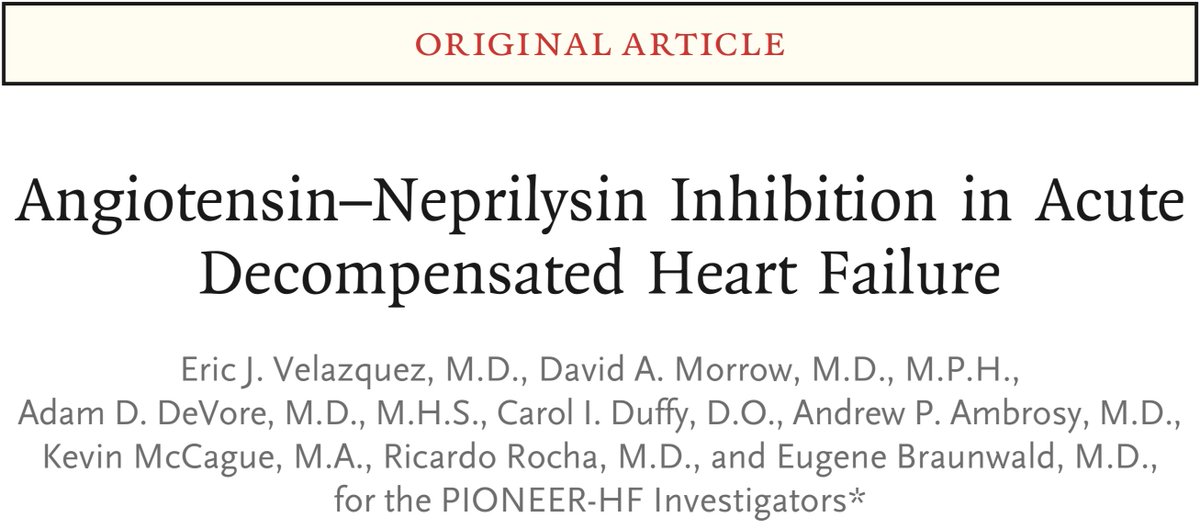You are working up a patient with dyspnea on exertion, but you’re unsure whether it’s heart failure – in fact, your suspicion is 50/50! You order a BNP, which comes back elevated at 350 pg/mL.
This BNP level:

🔸LR>1: the test result supports the diagnosis
🔸LR<1: it makes it less likely
🔸LR = 1: the test has no diagnostic value.














